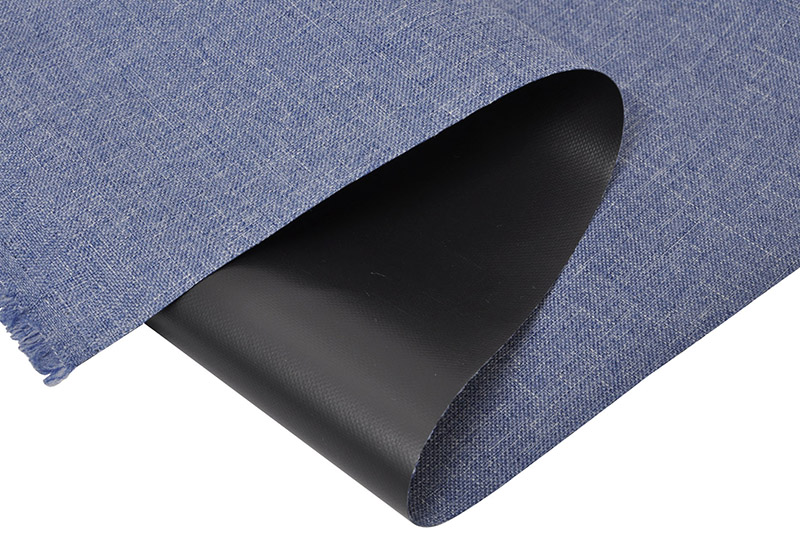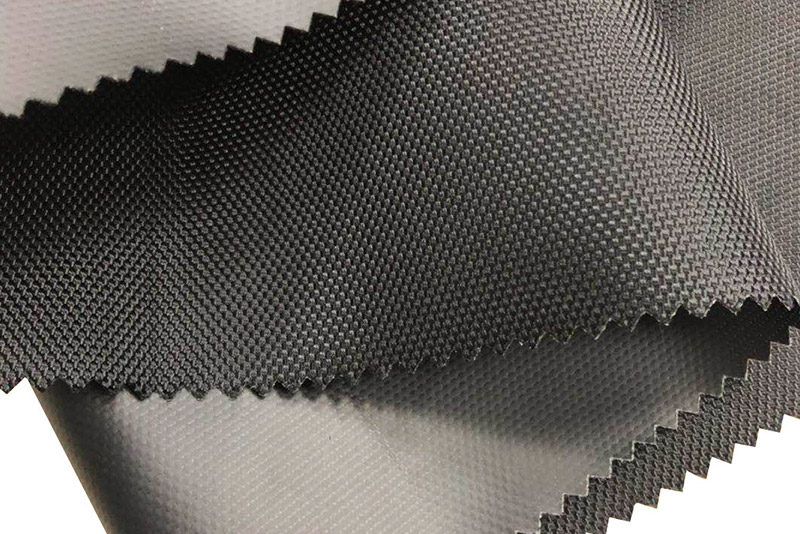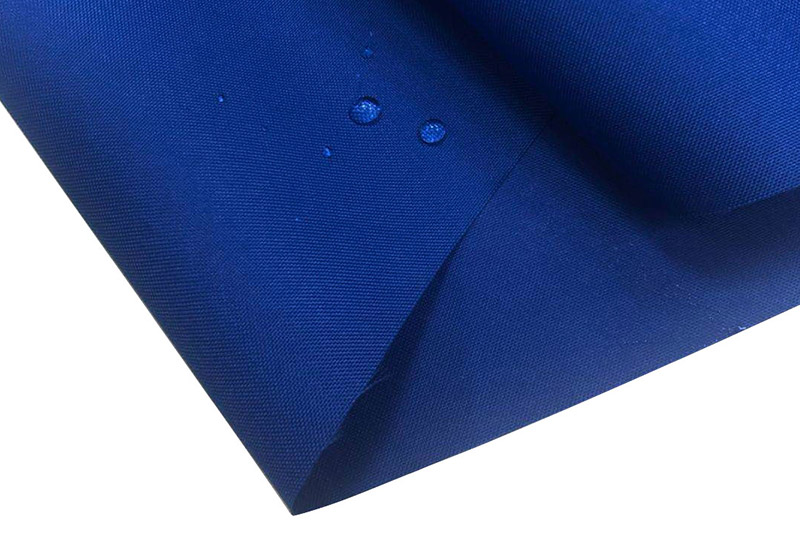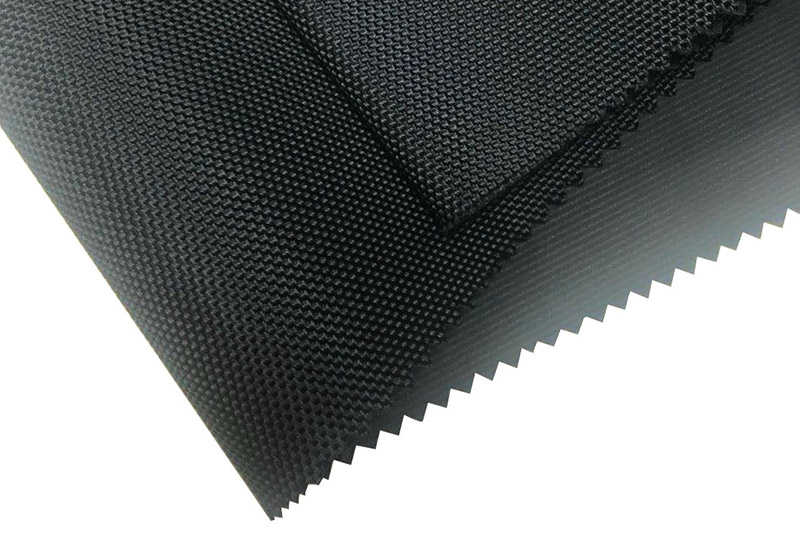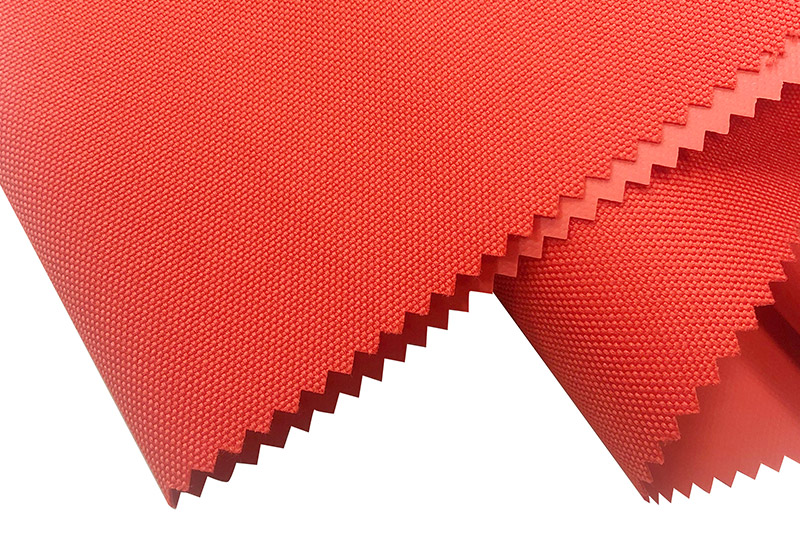1. Chemical structure The basic component of polyester is polyethylene terephthalate, with the molecular formula [-OC-Ph-COOCH2CH2O-]n, so it is also called polyester fiber (PET). The chemical structure of its long-chain molecule is H(OCH2CCOCO)NOCH2CH2OH, the relative molecular weight is generally about 18000~25000. In fact, there are still a small amount of monomers and oligomers. These oligomers have a low degree of polymerization and exist in cyclic form. Polyethylene terephthalate can be obtained by direct esterification of terephthalic acid (PTA) and ethylene glycol (EG) to obtain ethylene terephthalate (9BHET) and then polycondensation.
From the perspective of polyester molecular composition, it is composed of short aliphatic hydrocarbon chains, ester groups, benzene rings, and alcohol-terminated hydroxyl groups. In addition to the presence of two alcohol-terminated hydroxyl groups in the polyester, there are no other polar groups, so the hydrophilicity of the polyester fiber is extremely poor. The polyester molecule contains about 46% ester groups. The ester groups can undergo hydrolysis and thermal cracking at high temperatures, and will be saponified when exposed to alkali, which reduces the degree of polymerization. Polyester molecules also contain aliphatic hydrocarbon chains, which can make the polyester molecules have a certain flexibility, but because there are benzene rings in the polyester molecules that cannot be rotated internally, the polyester macromolecules are basically rigid molecules, and the molecular chain is easy to maintain linearity. . Therefore, polyester macromolecules are easy to form crystals under this condition, so the crystallinity and orientation of polyester are relatively high.
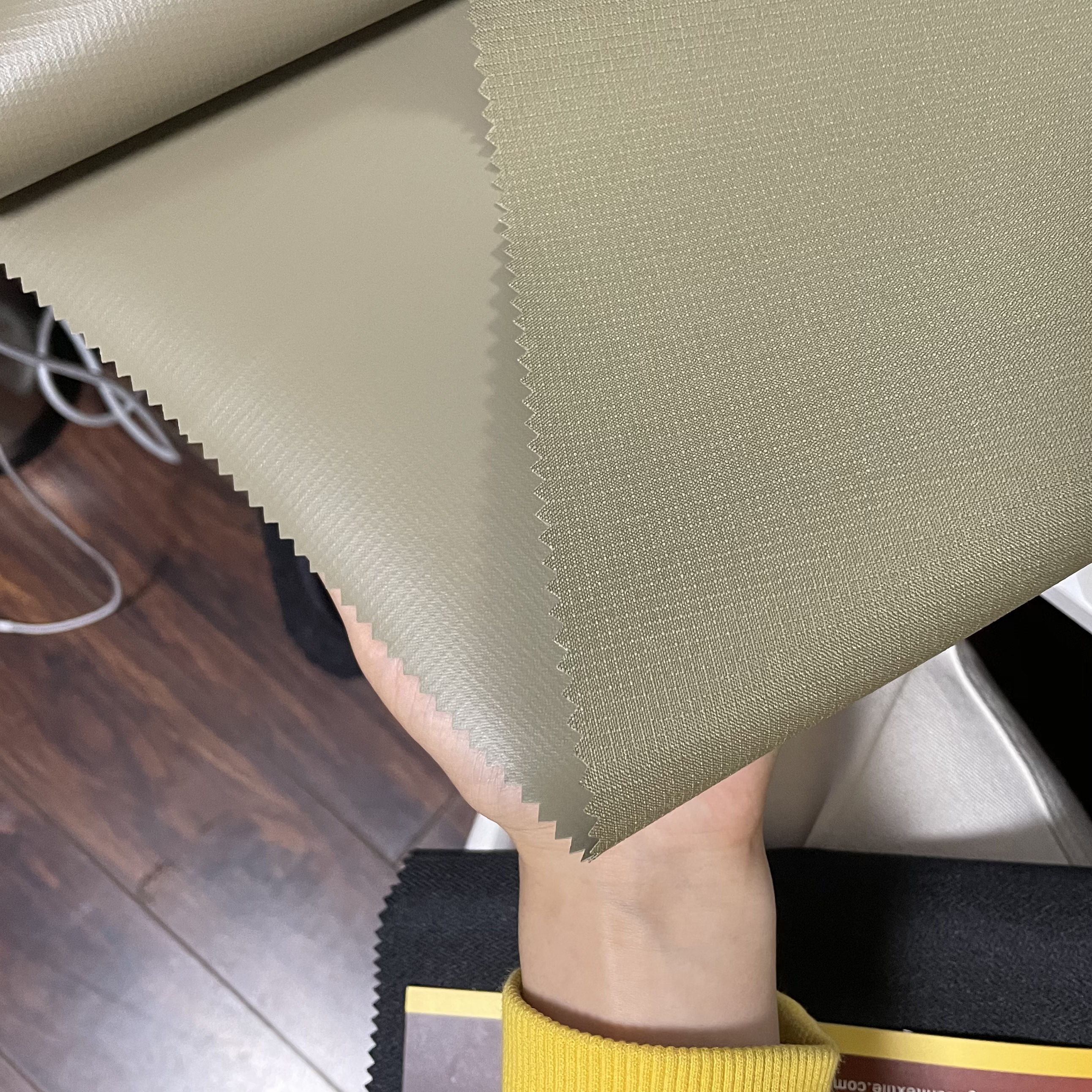



 English
English 简体中文
简体中文 русский
русский Español
Español

